
Published in the United States of America
by Cherry Lake Publishing
Ann Arbor, Michigan
www.cherrylakepublishing.com
Printed in the United States of America
Corporate Graphics Inc
September 2011
CLFA09
Consultants: Heather Abushanab, adjunct professor, Wentworth Institute of Technology; Gail Saunders-Smith, associate professor of literacy, Beeghly College of Education, Youngstown State University
Editorial direction:
Lisa Owings | Book design and illustration:
Kazuko Collins |
Photo credits: Alexander Fediachov/iStockphoto, cover, 1; NASA, ESA, and M. Livio and the Hubble 20th Anniversary Team (STScl), 5; Karen Borozinski/Bigstock, 7; Sergey Dolgikh/Shutterstock Images, 9; John Anderson/Bigstock, 11; Bigstock, 13; Shutterstock Images, 14; Leah-Anne Thompson/Bigstock, 17; Scott Griessel/Bigstock, 19; Darren J. Bradley/Shutterstock Images, 21; Laurence Gough/Bigstock, 22; Fotolia, 25; Mike V. Shuman/Shutterstock Images, 27
Copyright 2012 by Cherry Lake Publishing
All rights reserved. No part of this book may be reproduced or utilized in any form or by any means without written permission from the publisher.
Library of Congress Cataloging-in-Publication Data
Hirsch, Rebecca E.
Science lab. Properties of matter / by Rebecca Hirsch.
p. cm. (Language arts explorer. Science lab)
ISBN 978-1-61080-206-2 - ISBN 978-1-61080-295-6 (pbk.)
1. MatterJuvenile literature. I. Title. II. Title: Properties of matter.
QC173.16.H57 2011
530.4-dc23
2011015131
Cherry Lake Publishing would like to acknowledge the work of The Partnership for 21st Century Skills. Please visit www.21stCenturySkills.org for more information.
TABLE OF CONTENTS
You are being given a mission. The facts in What You Know will help you accomplish it. Remember the clues from What You Know while you are reading the story. The clues and the story will help you answer the questions at the end of the book. Have fun on this adventure!
YOUR MISSION
All things are made of matter. Your mission is to investigate the properties of matter. What are the different kinds of matter? Do all kinds of matter behave in the same ways? How do the properties of matter change? Why are scientists interested in studying these changes? Read the facts in What You Know, and then start your investigation into the world of matter.
WHAT YOU KNOW
 Everything in the universe is made of matter, from the earth and moon to the sun and stars. Matter is anything you can touch: the rocks on the ground, the clothes you are wearing, and the book you are holding.
Everything in the universe is made of matter, from the earth and moon to the sun and stars. Matter is anything you can touch: the rocks on the ground, the clothes you are wearing, and the book you are holding.
 All matter takes up space. Volume is a measure of how much space matter uses.
All matter takes up space. Volume is a measure of how much space matter uses.
 Different types of matter are called materials. Different materials behave differently and are used for different jobs. Fabric is strong but flexible, which makes it good for clothing. Steel is hard and sturdy, which makes it good for buildings and cars.
Different types of matter are called materials. Different materials behave differently and are used for different jobs. Fabric is strong but flexible, which makes it good for clothing. Steel is hard and sturdy, which makes it good for buildings and cars.

Now you're ready to take part in a one-week investigation called "Matter Explorers." Read Ian Whitman's journal about attending a science camp.
Today was my first day of science camp. We will be working in a laboratory in teams. Right away, my team and I learned that everything in the universe is made of matter. Matter is all around me. My sneakers are made of matter, and so is the lab coat I am wearing. The chair I am sitting on is mattereven my hair and teeth and skin.
Our camp instructor, Dr. Ines Gonzalez, told us that matter takes up space. It is made of tiny particles called molecules . Water molecules are so tiny that there are millions in just one drop!
Next we learned about the different states, or kinds, of matter. Dr. Gonzalez pointed out the stations she had set up around the room.
At our first station, we found some rocks, blocks of wood, and a bag of coins. These are all solids. Dr. Gonzalez explained that a solid is something hard that holds its shape. "The molecules in a solid are close together and don't move around much. Solids aren't squeezable. You can't force a solid into a smaller space. Solids also don't flow. You can't pour a block of wood."
At the next station, we found bottles filled with water, molasses, and ketchup. "These are all liquids!" I announced.
"That's right," said Dr. Gonzalez. "The molecules in liquids are farther apart than in solids, and they move around a lot more. Unlike solids, liquids don't have their own shape. They take the shape of their container. When you pour a liquid from a round container into a square one, its shape changes." She also told us that all liquids flow, but not at the same speed.

We raced the liquids in the bottles by pouring them into cups. Water flowed the fastest, while molasses oozed the slowest. Dr. Gonzalez had us investigate what would happen if we squeezed the soft plastic molasses bottle. The molasses dribbled down the side. "Like solids," Dr. Gonzalez said, "liquids can't be compressed , which means they can't easily be forced into a smaller space."
At our last station, we investigated air. Air is a gas. We learned that gas molecules don't stay together. They bounce all over their containers. If you put a certain amount of gas in a bigger container, the molecules spread out to fill it. If you put the same amount of gas in a smaller container, the molecules get closer together. I raised my hand. "Dr. Gonzalez, if gases can shrink and expand, does that mean they can be compressed?"
She didn't give us an answer. Instead, she handed us a bag of balloons and told us to investigate. We each blew up a balloon and tied it. Then we squeezed our balloons, and they grew smaller. The air inside them took up less space. "Not only can gases be compressed," explained Dr. Gonzalez, "but they can expand to fill any size container." To test this, we popped our balloons with a pin. Dr. Gonzalez told us the pop was the sound of the air inside the balloon escaping through the hole and expanding to fill the room.
By this time, we were all ready for a snack. While preparing our snack, we investigated how heat affects the states of matter. We warmed chocolate sauce in the microwave. The warm chocolate was liquid. Then we each dipped an ice cream cone into the sauce. As the chocolate cooled, it hardened. Heating can change a solid into a liquid. It can also change a liquid into a gas.


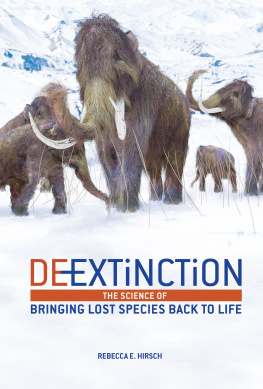
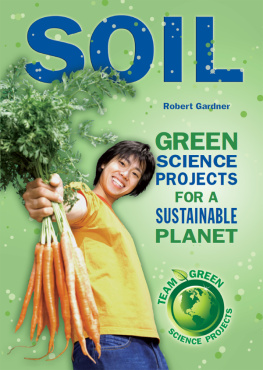
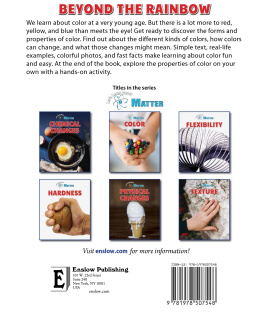
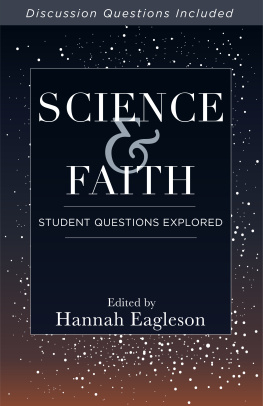
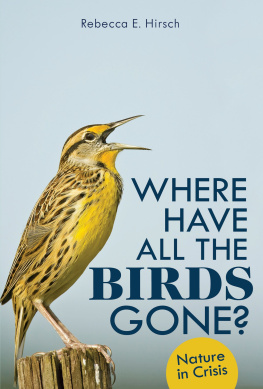

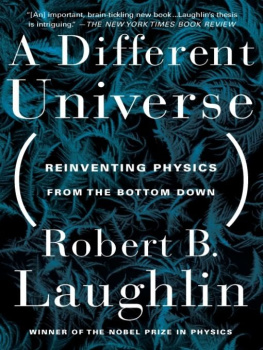




 Everything in the universe is made of matter, from the earth and moon to the sun and stars. Matter is anything you can touch: the rocks on the ground, the clothes you are wearing, and the book you are holding.
Everything in the universe is made of matter, from the earth and moon to the sun and stars. Matter is anything you can touch: the rocks on the ground, the clothes you are wearing, and the book you are holding.
